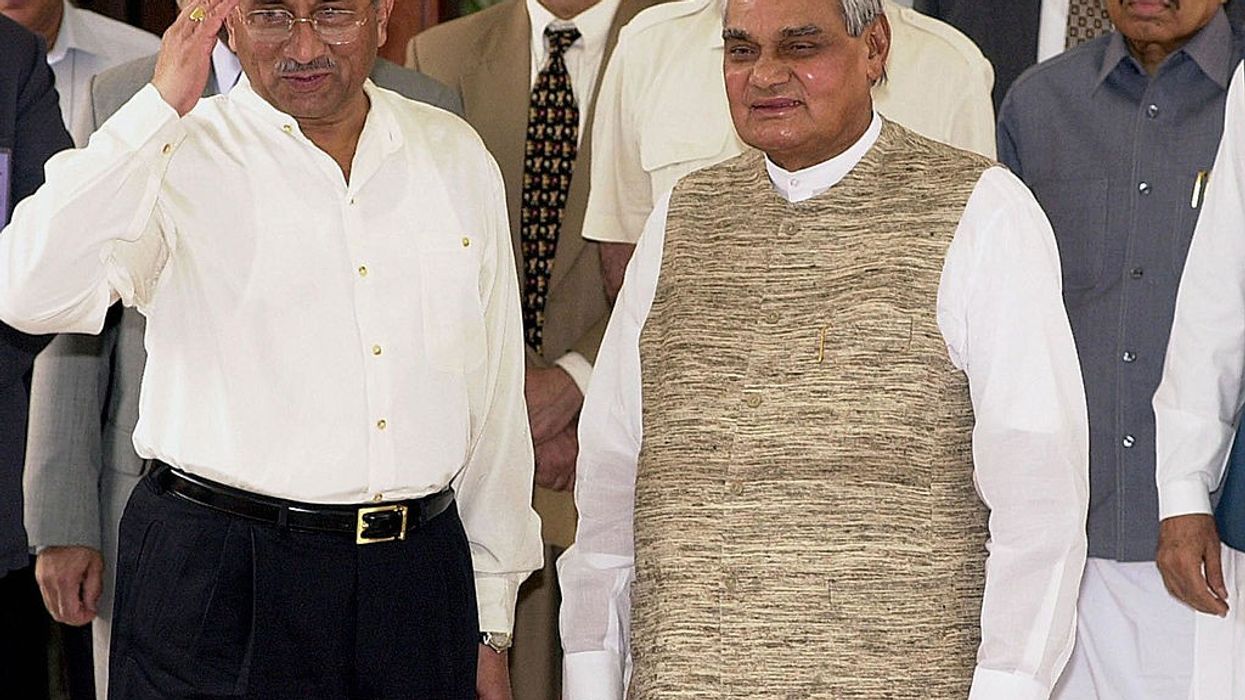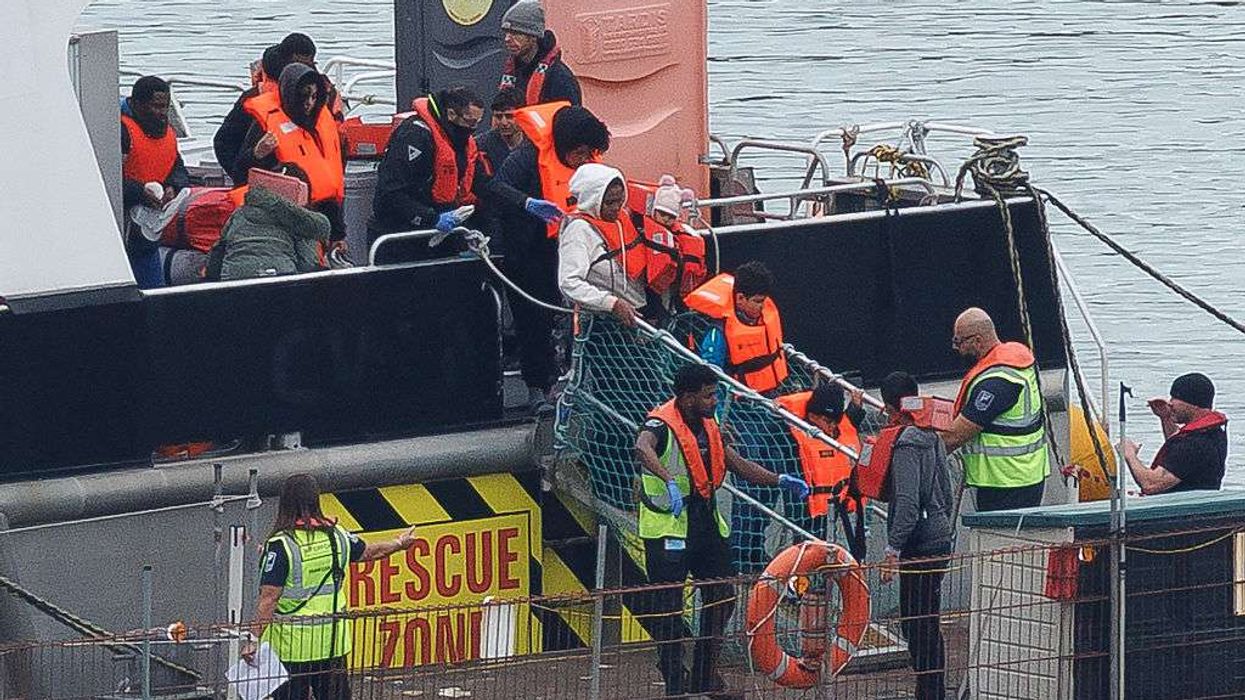Pakistan's former military ruler General (retd.) Pervez Musharraf, the architect of the Kargil War in 1999, died on Sunday in Dubai after a prolonged illness.
The four-star general, who ruled Pakistan in a dictator-style and passed away on Sunday at the age of 79, was born in Delhi. During his reign in power, he engaged with India on various crucial issues, including Jammu and Kashmir. Below is a timeline of his engagements with India:
* August, 1943: Musharraf was born in 1943 in Delhi. His family moved to Pakistan after the partition in 1947.
*June, 1964: Musharraf joined the Pakistan Military Academy.
*October, 1999: Musharraf, the then Chief of Army Staff, leads a bloodless military coup, deposing the then prime minister Nawaz Sharif and installing himself as the head of the government in the capacity of Chief Executive.
*June, 2001: Musharraf declares himself as the president of Pakistan after the incumbent, Mohammad Rafiq Tarar, resigns.
*July, 2001: Musharraf and the then Indian Prime Minister Atal Behari Vajpayee meet for a two-day summit in Agra. The summit collapses after two days, with both sides unable to reach an agreement on the issue of Jammu and Kashmir.
*December 13, 2001: A terror attack on the Indian parliament left 14 people dead. India blames Pakistan-based terror groups Lashkar-e-Taiba and Jaish-e-Muhammad for the attack.
The attack led to a massing of India’s and Pakistan’s militaries along the border and the Line of Control. The standoff only ended in October 2002.
*March, 2002: Musharraf pledges that Pakistan will combat extremism on its own soil, but claims that the country has a right to Kashmir.
*September, 2003: Musharraf calls for a ceasefire along the LoC during a UN General Assembly meeting and later India and Pakistan reach an agreement to cool tensions and cease hostilities across the border.
*January, 2004: Vajpayee and Musharraf hold direct talks at the 12th SAARC summit in Islamabad, and the two countries’ foreign secretaries meet later in the year.
This marked the beginning of the Composite Dialogue Process, in which bilateral meetings are held between officials at various levels of government (including foreign ministers, foreign secretaries, military officers, border security officials, anti-narcotics officials and nuclear experts).
*November, 2004: On the eve of a visit to Jammu and Kashmir, the new prime minister, Manmohan Singh, announced that India will be reducing its deployment of troops there.
*September, 2006: Musharraf and Singh agree to set up an India-Pakistan institutional anti-terrorism mechanism.
*November, 2006: Musharraf hailed former Indian cricket team captain MS Dhoni for his dynamic batting skills and long hair. Dhoni, then a young player, was part of the Indian cricket team that toured Pakistan for a series of One Day and Tests matches. Musharraf famously advised Dhoni to not have a haircut.
(PTI)













